Evergon (b.1946, Niagara Falls, Ontario)
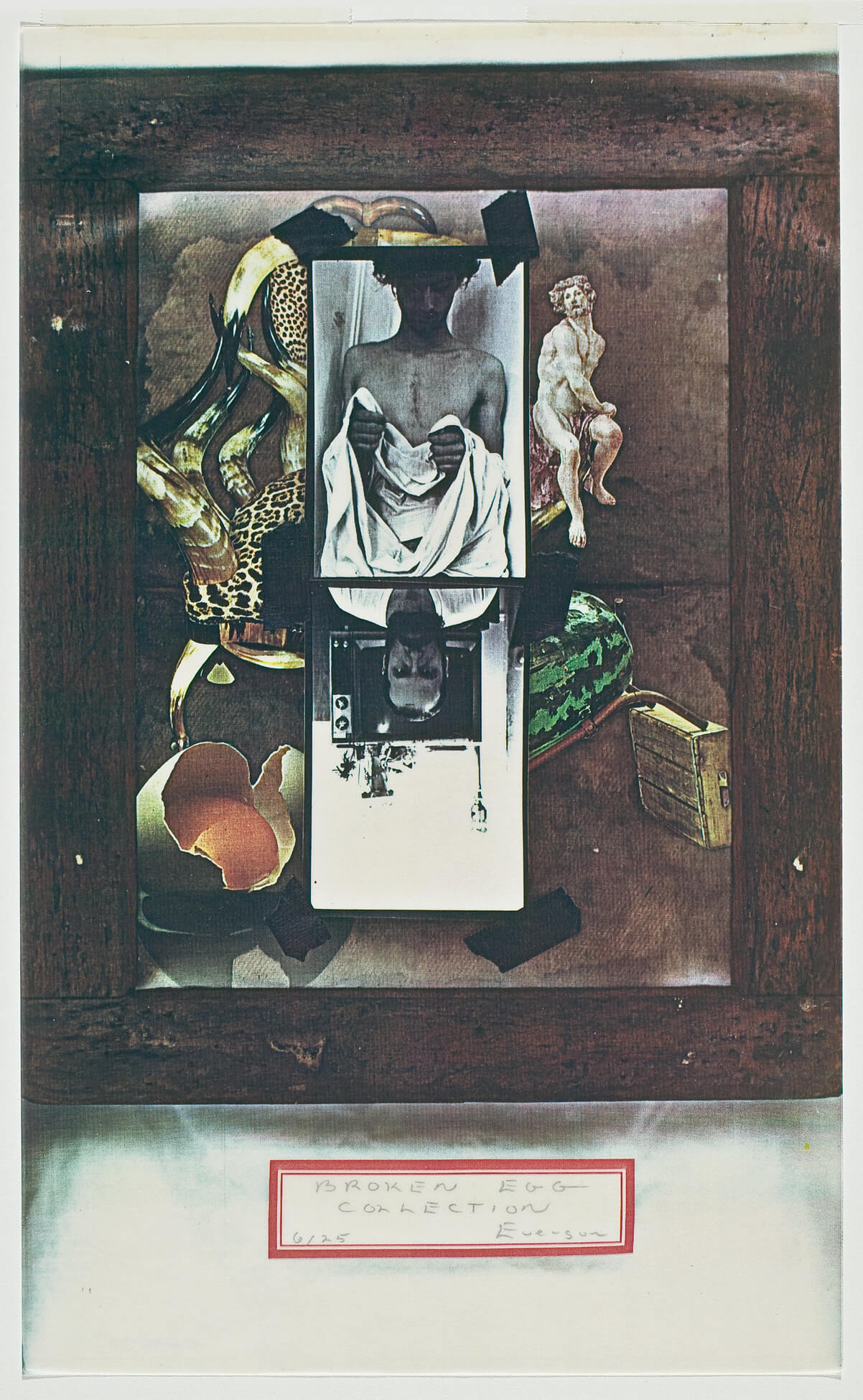
Broken Egg Collection, 1979
Electrostatic print with electrostatic print overlay, 35.6 x 21.7 cm
CMCP Collection, National Gallery of Canada, Ottawa
A Montreal-based artist, Evergon (born “Albert Lunt” and since a.k.a. Celluloso Evergonni, Eve R. Gonzales, Egon Brut) has explored gay culture, sexuality, and the body. In Broken Egg Collection, he has created an upside-down self-portrait that nestles below a photograph of a bare-chested former lover. The two images are collaged so they appear linked by the white fabric that flows from one image into the other. Evergon surrounds the two black and white figures with photocopied image fragments to evoke rather than explain memories of the relationship. This work is representative of his oeuvre, one that is pivotal in the history of queer art in Canada.
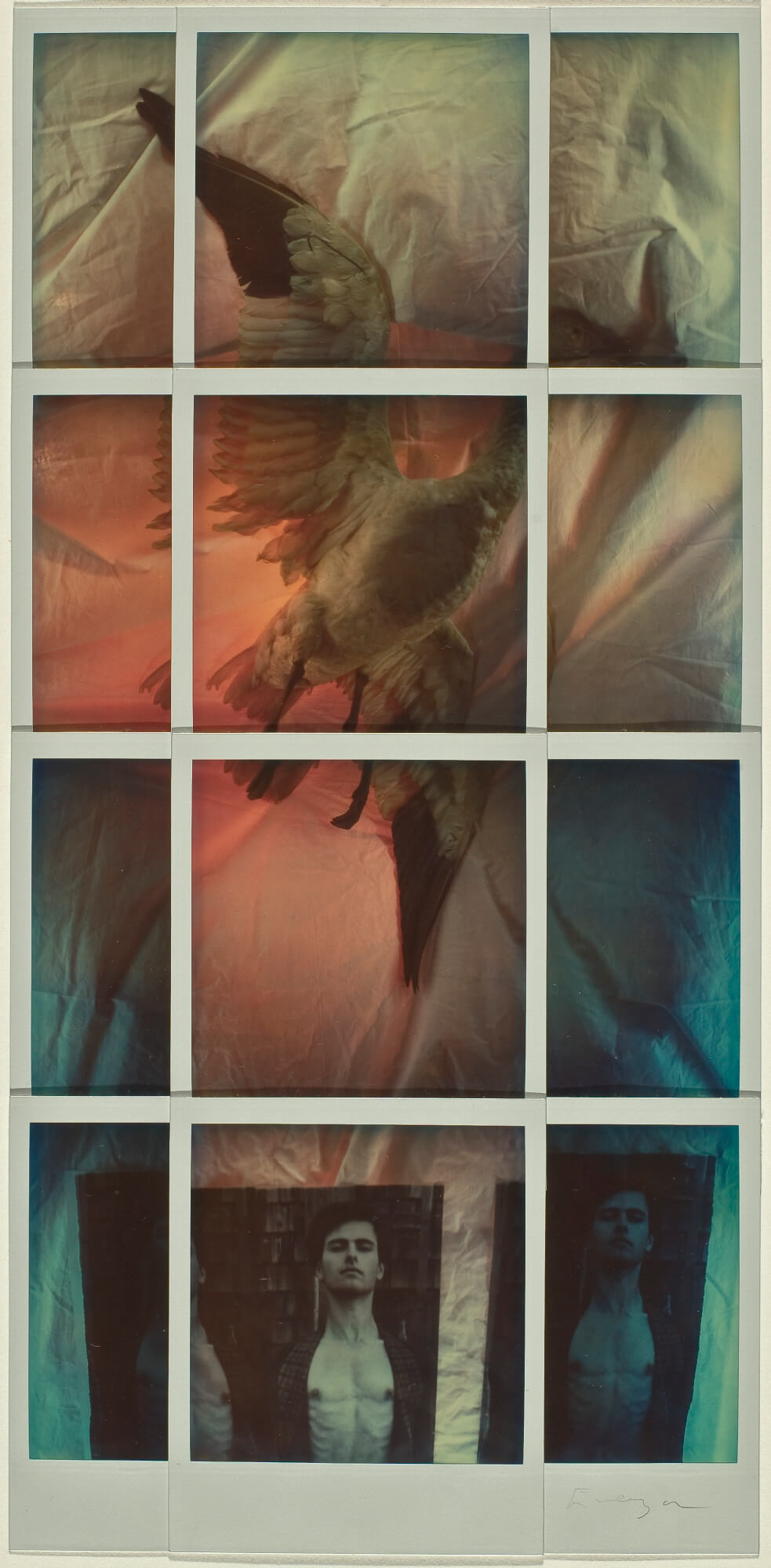
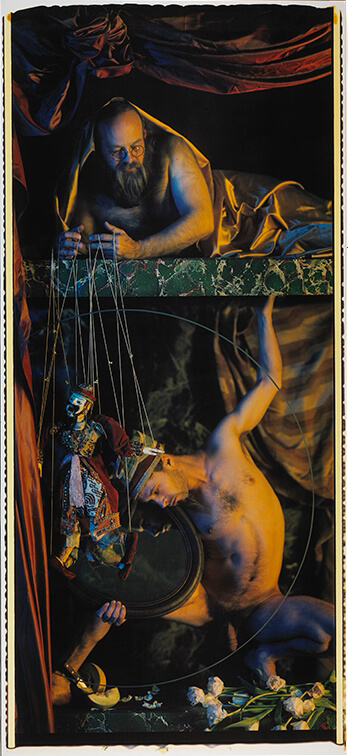
Evergon grew up in Niagara Falls, and he first learned to photograph using an old camera while studying at the Rochester Institute of Technology. Throughout his career he has experimented with various techniques and technologies, mostly involving the hand of the artist, including cyanotype, gum bichromate, photo collages, holograms, and xerography, to create a queer historical record and visual language. He has become well known for his hands-on, technical approach.
In the 1980s, Evergon turned to Polaroid for its flexibility and instantaneous prints, often collected together as a fragmented grid of a single scene, such as in Duck over Pierre, 1982. Later, he became known for large-scale prints in which he recreated dramatic historical paintings, incorporating his own likeness. In Le Pantin, 1985, he operates the puppet strings. These mural-size works also employed Polaroid technology, but they required the use of a specialized large-scale camera maintained by the manufacturer in Boston. Some of Evergon’s lush theatrical colour photographs reference specific paintings, such as Re-enactment of Goya’s Flight of the Witches, ca 1797–98, 1986, while others take up tropes from the work of figures like Baroque painter Michelangelo Merisi da Caravaggio (1571–1610).
Evergon’s work has been widely exhibited in Canada and internationally, with the support of the Polaroid Corporation, the Canada Council for the Arts, and the Cartier Foundation for Contemporary Art, among others. He taught photography at the University of Ottawa and has been at Concordia University since 1999.
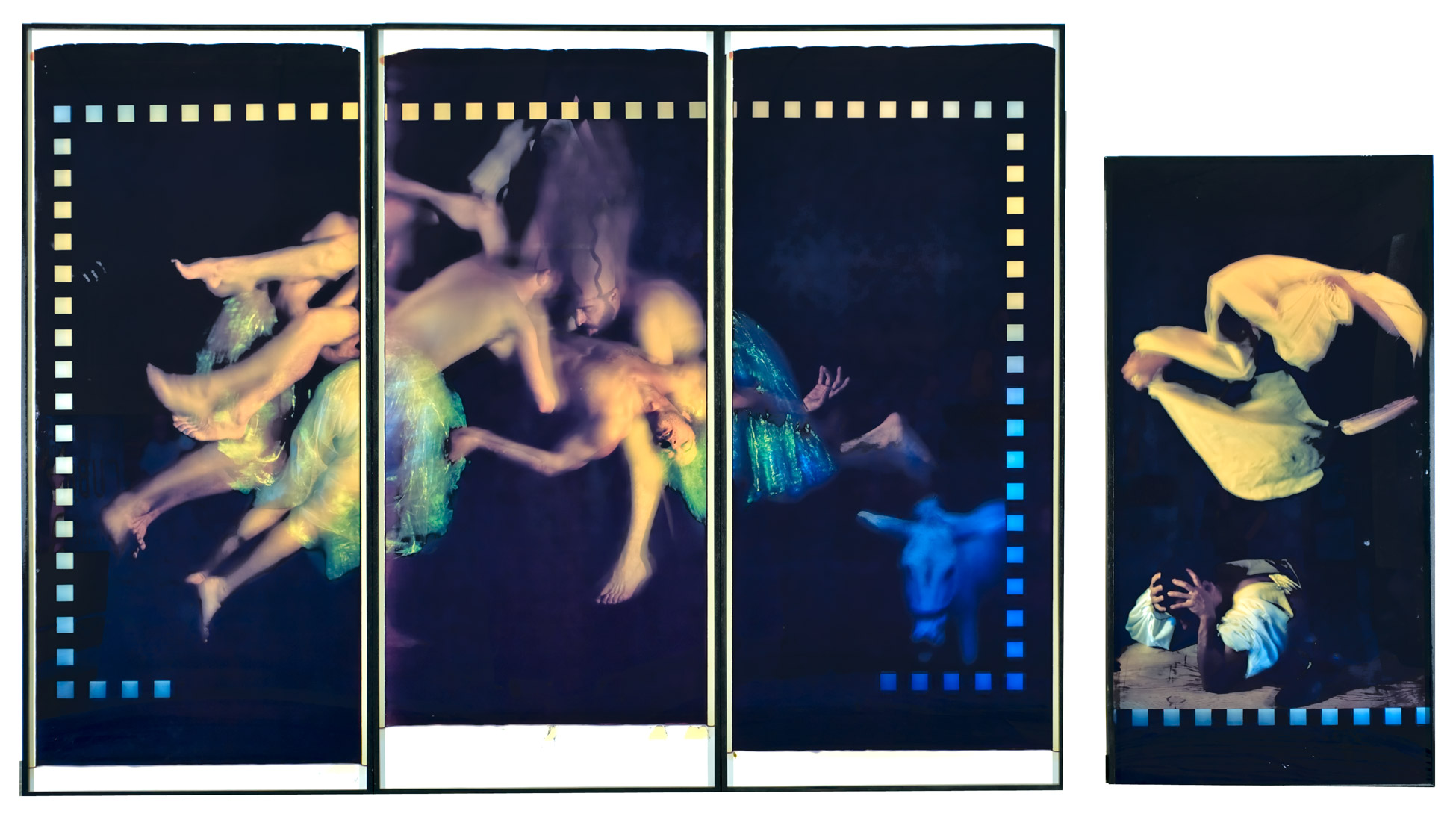

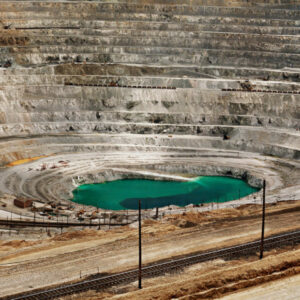 About the Authors
About the Authors
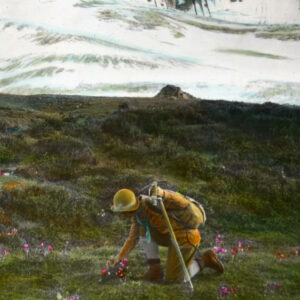 More Online Art Books
More Online Art Books
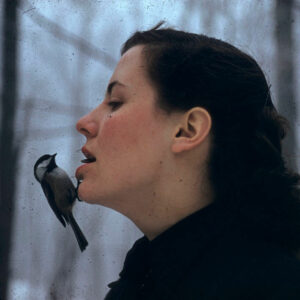 Acknowledgements
Acknowledgements